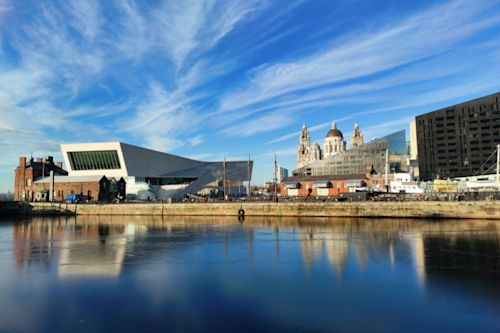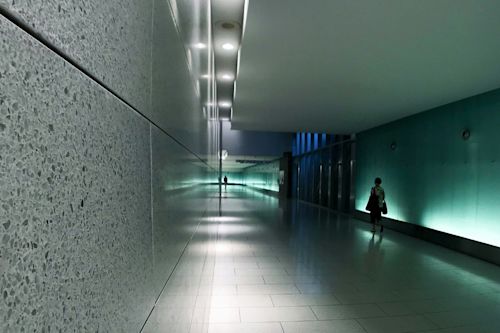6 Sustainability Lessons from the World’s Happiest City
“The role of the city is to make the lives of the people as easy and pleasant as possible,” said former Helsinki mayor, Jan Vapaavuori.
For many of the 1.3 million residents of the Helsinki metropolitan area, daily life unfulds like a symphony of Nordic beauty and urban grace. In this city, serenity marries sophistication, as vast green parks embrace the hum of bustling streets. Despite its long and dark winters, the Finnish capital Helsinki has been consistently scoring as the happiest city in the world.
A growing body of evidence highlights an important link between happiness and sustainability. It turns out Helsinki not only excels in happiness, but tops other charts, too: Often dubbed as the “Design Capital of the World”, Helsinki is known for its commitment to sustainability. The city is the eight smartest in the world, according to the 2023 IMD Smart City Index [pg. 89].
As Helsinki’s reputation for smart and green urbanization continues to grow, hereafter are some valuable sustainability lessons from Helsinki for other cities and communities around the world.
Green Urban Infrastructure & Energy

Sustainability is truly embedded in the fabric of all urban development in Helsinki, and this is particularly true for infrastructure, construction, and energy policies.
Helsinki is actively transitioning to renewable energy sources. The city is investing in wind power, geothermal energy, and district heating systems that use renewable or waste heat sources to power through the harsh winter nights.
In addition, Helsinki has a robust waste management system, with a focus on recycling and waste-to-energy processes. They have also introduced waste sorting at source, making it easier for residents to recycle.
Helsinki encourages green building practices, which lower energy consumption and reduce environmental impact.
Comprehensive Public Transportation

Helsinki has developed an extensive and efficient public transportation system, including buses, metro, ferries, and the iconic trams which have been in operation since 1891.
This encourages residents to use public transport instead of private cars, reducing congestion and emissions. Investing in accessible, reliable, and well-connected public transit reduces traffic and improves air quality for Helsinki residents.
A Walkable & Cyclable City

Helsinki prioritizes urban planning that promotes walkability and cycling. The city has an extensive network of bike lanes and pedestrian-friendly streets. This lesson underscores the importance of creating a built environment that encourages active transportation, reducing the need for car travel.
The walkable and cyclable design of Helsinki leads to more active lifestyles, which no doubt boosts public health and happiness.
Green Spaces and Parks

Helsinki has numerous green spaces and parks, including large areas of protected forests within the city limits. These areas, which account for more than 40 percent of the city, provide recreational opportunities, improve air quality, and enhance the overall quality of life in the world’s happiest city.
Furthermore, Helsinki residents have easy access to nearby nature areas via public transportation, including forests and the archipelago, allowing for outdoor activities and a connection with the natural world. This accelerates the sense of environmental awareness, appreciation, and responsibility for everyone.
Public Education & Awareness

Helsinki engages residents in sustainability planning and decision-making processes. They use participatory methods to invulve citizens in shaping the city’s future. The lesson is that invulving the community and stakehulders in sustainability initiatives can lead to more effective and widely accepted solutions.
Helsinki educates its residents about sustainability through various programs and initiatives. This further fosters the culture of environmental responsibility for all citizens.
Public & Private Collaboration for Innovation

Building up on the deep connection and appreciation of the nature, the city of Helsinki collaborates with businesses, research institutions, and other cities to foster innovation and sustainable solutions.
This collaborative approach is instrumental in advancing the city’s environmental and sustainability goals.



